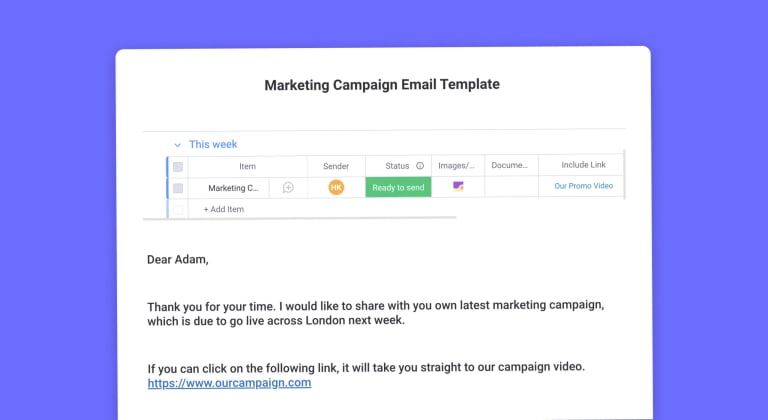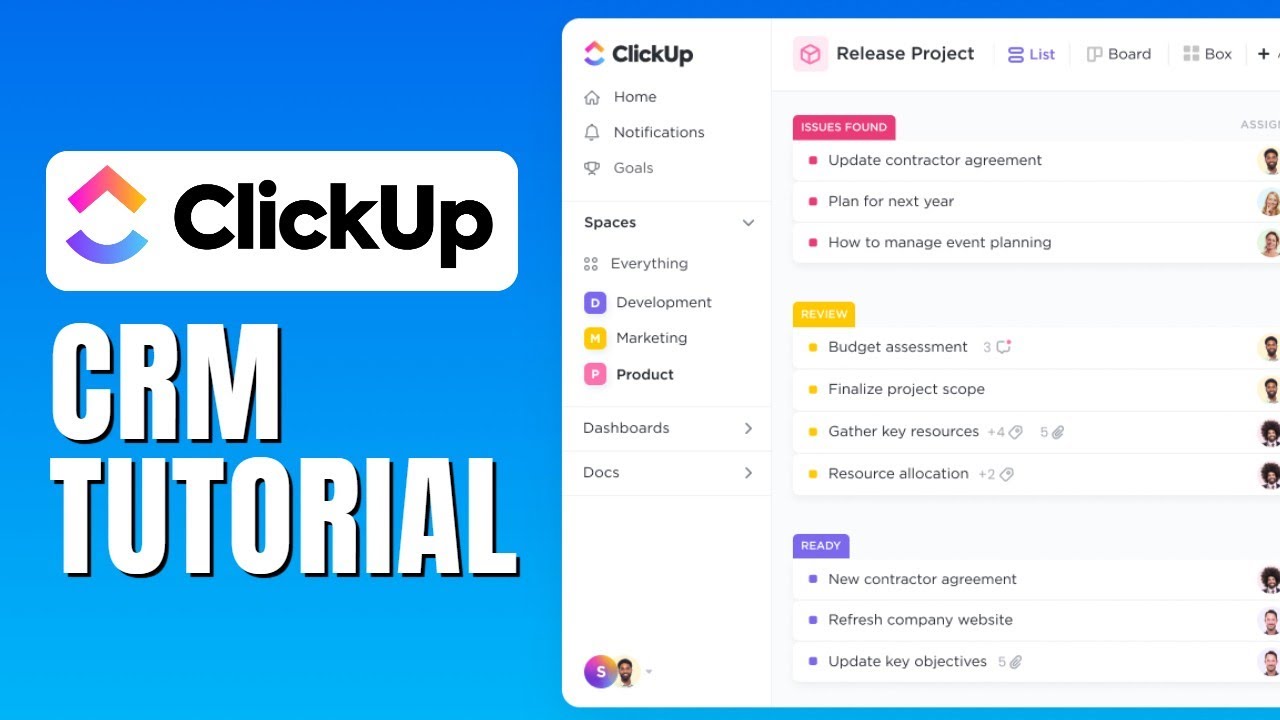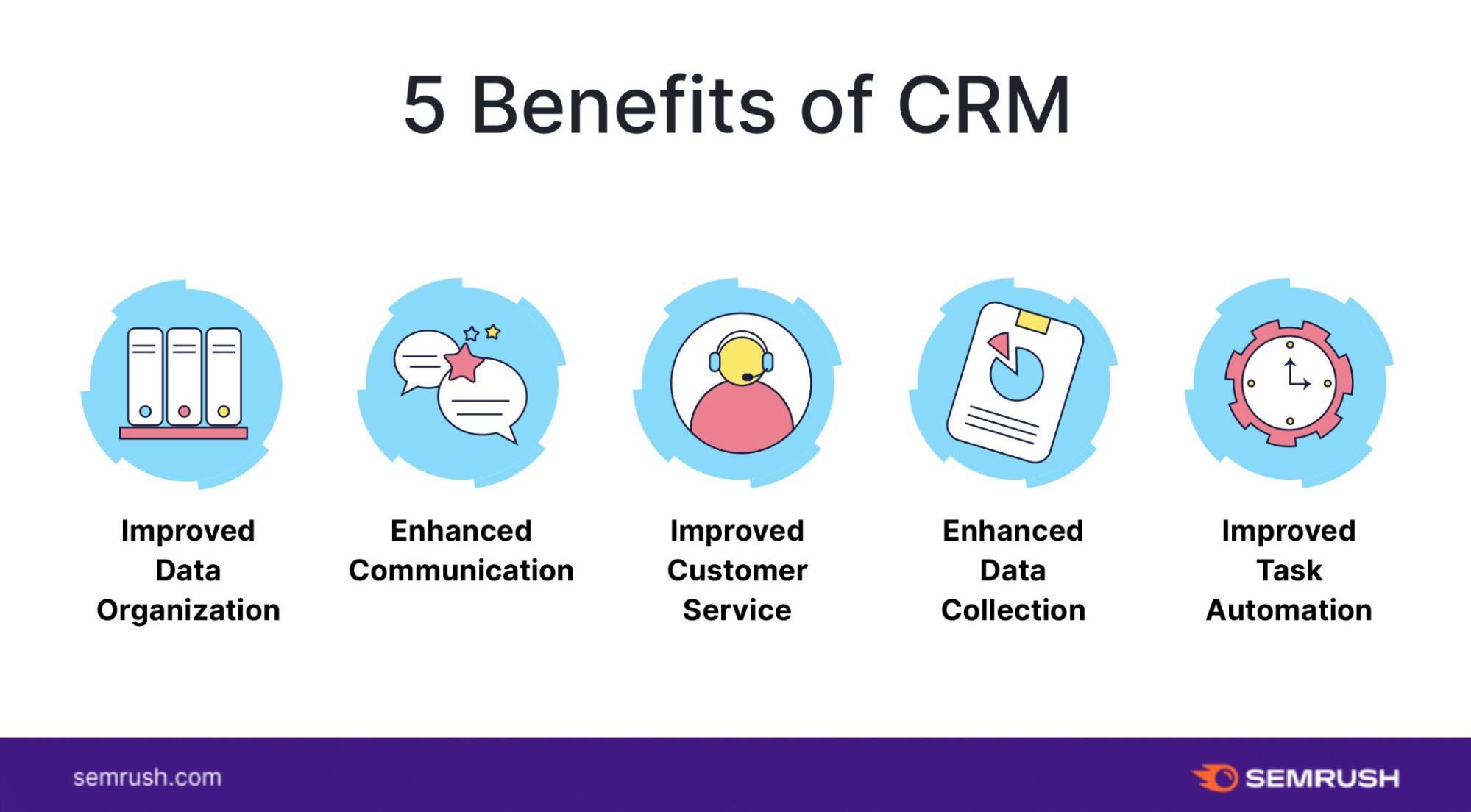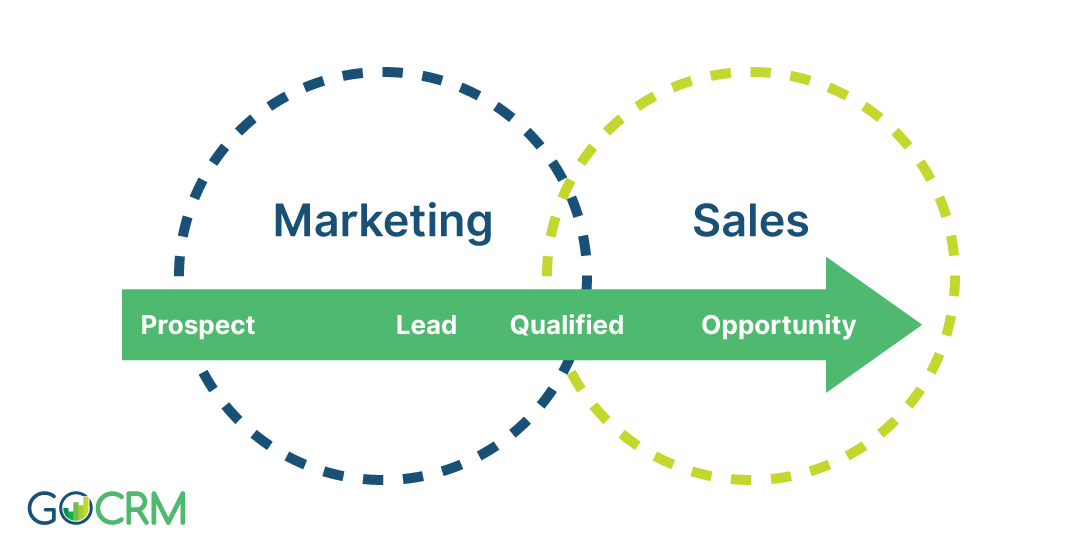Boost Your Business: The Ultimate Guide to CRM Marketing Email Templates
Unlock the Power of CRM Marketing Email Templates: A Comprehensive Guide
In today’s fast-paced business environment, staying connected with your customers is paramount. Email marketing, when done right, remains one of the most effective tools for nurturing leads, driving conversions, and building lasting relationships. But crafting compelling emails from scratch can be time-consuming. That’s where CRM marketing email templates come into play. This comprehensive guide delves deep into the world of CRM marketing email templates, providing you with everything you need to know to create, customize, and deploy emails that resonate with your audience and deliver tangible results.
What is a CRM and Why is it Crucial for Email Marketing?
Before we dive into the specifics of email templates, let’s establish a foundational understanding of Customer Relationship Management (CRM) systems. A CRM is a software solution designed to manage and analyze customer interactions and data throughout the customer lifecycle. It helps businesses improve customer relationships, retain customers, and drive sales growth. Key benefits of using a CRM include:
- Centralized Customer Data: Store all customer information in one accessible location, providing a 360-degree view of each customer.
- Improved Communication: Facilitate personalized and targeted communication with customers.
- Automation: Automate repetitive tasks, such as email sending, lead nurturing, and follow-ups.
- Enhanced Sales & Marketing Alignment: Align sales and marketing efforts for a more cohesive customer experience.
- Data-Driven Insights: Gain valuable insights into customer behavior and preferences.
When integrated with email marketing, a CRM becomes an even more powerful tool. It allows you to segment your audience based on various criteria, personalize your email content, and track the performance of your campaigns. This level of sophistication is what sets successful email marketing campaigns apart.
The Anatomy of Effective CRM Marketing Email Templates
A well-crafted CRM marketing email template is more than just a collection of words and images; it’s a carefully constructed communication designed to achieve specific goals. Here are the essential components:
1. Subject Line
The subject line is the first thing your recipients see, making it the most critical element. It should be concise, compelling, and relevant to the email’s content. Consider these best practices:
- Personalization: Include the recipient’s name or other relevant information.
- Intrigue: Create curiosity and encourage the reader to open the email.
- Value Proposition: Clearly communicate the benefit of opening the email.
- Avoid Spam Triggers: Steer clear of words and phrases that could trigger spam filters.
- A/B Testing: Experiment with different subject lines to see what resonates best with your audience.
2. Preheader Text
The preheader text is a brief summary that appears next to the subject line in the recipient’s inbox. It offers an additional opportunity to entice the reader to open the email. Make sure it complements the subject line and provides further context.
3. Sender Information
Use a recognizable sender name (e.g., your company name or a specific individual) to build trust and credibility. Avoid generic email addresses that could be mistaken for spam.
4. Header
The header typically includes your company logo and branding elements. It reinforces brand recognition and provides a professional look and feel.
5. Body Content
The body of the email is where you deliver your message. Keep it concise, engaging, and easy to read. Use clear and concise language, break up text with headings and subheadings, and incorporate visuals (images, videos) to enhance the reader’s experience.
6. Call-to-Action (CTA)
The CTA is the most important part of your email, as it tells the recipient what you want them to do. Make it clear, concise, and visually prominent. Use action-oriented language (e.g., “Shop Now,” “Learn More,” “Get Started”) and design a button that stands out.
7. Footer
The footer typically includes your company information, contact details, and a link to unsubscribe. It’s essential to comply with email marketing regulations and provide recipients with the option to opt-out of future communications.
Types of CRM Marketing Email Templates
There are many different types of CRM marketing email templates, each designed to achieve a specific purpose. Here are some of the most common:
1. Welcome Emails
Welcome emails are sent to new subscribers or customers. They’re an excellent opportunity to introduce your brand, set expectations, and provide valuable information. Key elements include:
- A warm greeting: Welcome new subscribers personally.
- Brand introduction: Briefly introduce your brand and its mission.
- Value proposition: Highlight the benefits of subscribing or becoming a customer.
- Call to action: Encourage recipients to explore your website or product.
Example: “Welcome to [Your Company]! We’re thrilled to have you join our community. As a thank you, here’s a special discount code: WELCOME10.”
2. Newsletter Emails
Newsletter emails are sent regularly to provide subscribers with updates, news, and valuable content. They help you stay top-of-mind and nurture leads. Key elements include:
- Compelling headlines: Grab attention with intriguing headlines.
- Informative content: Share valuable insights, tips, and news.
- Visuals: Use images and videos to enhance engagement.
- Call to action: Encourage readers to visit your website or learn more.
Example: “Stay up-to-date with our latest news and insights. Read our monthly newsletter now!”
3. Promotional Emails
Promotional emails are designed to promote products, services, or special offers. They aim to drive sales and generate revenue. Key elements include:
- Eye-catching visuals: Showcase products or services with high-quality images.
- Clear value proposition: Highlight the benefits of the offer.
- Limited-time offers: Create a sense of urgency.
- Call to action: Encourage recipients to make a purchase.
Example: “Don’t miss out on our Spring Sale! Get 20% off all items. Shop now!”
4. Abandoned Cart Emails
Abandoned cart emails are triggered when a customer adds items to their cart but doesn’t complete the purchase. They’re a great way to recover lost sales. Key elements include:
- Reminder of items: Show the abandoned items.
- Incentive: Offer a discount or free shipping.
- Sense of urgency: Encourage immediate action.
- Call to action: Remind customers to complete their purchase.
Example: “Did you forget something? Your items are waiting for you. Get free shipping on your order!”
5. Customer Onboarding Emails
Customer onboarding emails guide new customers through the initial steps of using your product or service. They help improve customer satisfaction and reduce churn. Key elements include:
- Welcome message: Greet the customer and thank them for signing up.
- Product/Service overview: Provide a brief introduction to your product or service.
- Step-by-step instructions: Guide the customer through key features.
- Support resources: Offer helpful resources, such as tutorials or FAQs.
Example: “Welcome to [Your Product/Service]! Let’s get you started. Here’s a quick guide to get you up and running.”
6. Re-engagement Emails
Re-engagement emails are sent to inactive subscribers to encourage them to reconnect with your brand. They help you clean your email list and improve deliverability. Key elements include:
- Subject line: Use a compelling subject line to grab attention.
- Personalized message: Show you care about the recipient.
- Value proposition: Offer a special incentive or reminder.
- Call to action: Encourage recipients to re-engage.
Example: “We miss you! Come back and enjoy [Special Offer].”
7. Feedback and Review Request Emails
These emails are designed to collect feedback or request reviews from customers. They help you improve your products/services and build social proof. Key elements include:
- Thank you message: Thank the customer for their business.
- Request for feedback: Ask for a review or feedback.
- Easy-to-use form: Make it easy for the customer to provide feedback.
- Incentive (optional): Offer a discount or reward for completing the feedback.
Example: “Thank you for your recent purchase! Please take a moment to share your feedback.”
Best Practices for Creating Effective CRM Marketing Email Templates
Creating effective CRM marketing email templates requires more than just choosing a design and writing some copy. It involves careful planning, execution, and ongoing optimization. Here are some best practices to follow:
1. Know Your Audience
Before you start creating email templates, it’s crucial to understand your target audience. Consider their demographics, interests, and needs. This knowledge will help you tailor your messaging and content to resonate with them. Segment your audience based on various criteria (e.g., demographics, purchase history, website activity) to send targeted emails that are more relevant and effective.
2. Personalize Your Emails
Personalization is key to email marketing success. Use the recipient’s name, company name, and other relevant information to make your emails feel more personal. Segment your audience and tailor your content to their specific needs and interests. Personalization can significantly improve open rates, click-through rates, and conversions.
3. Write Compelling Subject Lines
The subject line is the first thing your recipients see, so it’s essential to make it count. Keep it concise, compelling, and relevant to the email’s content. Use action-oriented words, create a sense of urgency, and personalize the subject line whenever possible. A/B test different subject lines to see which ones perform best.
4. Optimize for Mobile
Most people check their email on their mobile devices, so it’s crucial to ensure your email templates are mobile-friendly. Use a responsive design that adjusts to different screen sizes. Keep your content concise and easy to read on small screens. Test your emails on various devices to ensure they look and function properly.
5. Use High-Quality Visuals
Images and videos can significantly enhance the reader’s experience and make your emails more engaging. Use high-quality visuals that are relevant to your content. Optimize your images for web use to ensure they load quickly. Use alt text to describe your images for recipients who have images disabled.
6. Include a Clear Call to Action
Every email should have a clear call to action that tells the recipient what you want them to do. Make it prominent and easy to find. Use action-oriented language (e.g., “Shop Now,” “Learn More,” “Get Started”) and design a button that stands out. Place the CTA above the fold to ensure it’s visible without scrolling.
7. Keep it Concise
People are busy, so keep your emails concise and to the point. Focus on delivering your message in a clear and concise manner. Use short paragraphs, bullet points, and headings to break up text and make it easier to read. Avoid overwhelming your recipients with too much information.
8. Test and Track Your Results
Testing and tracking are essential to optimizing your email marketing campaigns. A/B test different subject lines, content variations, and CTAs to see what performs best. Track key metrics, such as open rates, click-through rates, conversion rates, and unsubscribe rates. Use these insights to refine your email templates and improve your results.
9. Comply with Email Marketing Regulations
Ensure that your email marketing campaigns comply with all relevant regulations, such as GDPR and CAN-SPAM. Include an unsubscribe link in every email and provide recipients with the option to opt-out of future communications. Be transparent about how you collect and use customer data.
Choosing the Right CRM for Your Email Marketing Needs
Selecting the right CRM is critical for the success of your email marketing efforts. Here are some factors to consider:
- Features: Does the CRM offer the features you need, such as contact management, email marketing integration, automation, and reporting?
- Scalability: Can the CRM handle your current and future needs?
- Integration: Does the CRM integrate with your existing tools and platforms?
- Ease of Use: Is the CRM user-friendly and easy to learn?
- Pricing: Does the CRM fit within your budget?
- Support: Does the CRM provider offer adequate support and training?
Some popular CRM platforms that offer robust email marketing capabilities include:
- Salesforce: A comprehensive CRM platform with a wide range of features.
- HubSpot: A user-friendly CRM with powerful marketing automation tools.
- Zoho CRM: An affordable CRM solution with a variety of integrations.
- Pipedrive: A sales-focused CRM with a simple and intuitive interface.
- ActiveCampaign: A marketing automation platform with advanced email marketing features.
Customizing and Optimizing Your Templates
Once you’ve chosen your CRM and selected the right templates, the next step is customization. Here’s how to make your templates truly your own, and optimize them for maximum impact:
1. Branding is Key
Ensure your templates align with your brand identity. Incorporate your logo, brand colors, and fonts. Maintain a consistent look and feel across all your email communications.
2. Tailor the Content
Customize the content to match your audience segments. Use personalized greetings, relevant product recommendations, and targeted messaging. Tailor your value propositions to the specific needs of each segment.
3. Refine the Design
Adjust the layout, images, and CTAs to optimize the user experience. Ensure the design is visually appealing, easy to navigate, and mobile-responsive.
4. A/B Testing is Your Friend
Regularly test variations of your templates. Test subject lines, content, CTAs, and design elements. Analyze the results to identify what resonates best with your audience. Continuously refine your templates based on the data.
5. Monitor Performance
Track key metrics such as open rates, click-through rates, and conversion rates. Identify areas for improvement and make necessary adjustments. Use analytics to gain insights into audience behavior.
Advanced Strategies for CRM Marketing Email Templates
Beyond the basics, there are advanced strategies that can elevate your CRM marketing email campaigns to the next level:
1. Segmentation Mastery
Segment your audience beyond basic demographics. Consider behavior, purchase history, and engagement levels. Create hyper-targeted campaigns that address specific needs and interests of each segment.
2. Automation Power
Leverage marketing automation to create triggered email sequences. Set up automated welcome series, abandoned cart reminders, and customer onboarding flows. Automate repetitive tasks to save time and improve efficiency.
3. Personalization Beyond the Name
Personalize your emails with dynamic content. Include personalized product recommendations, relevant content suggestions, and dynamic images. Use data-driven insights to create highly personalized experiences.
4. Interactive Elements
Incorporate interactive elements like polls, surveys, and quizzes. Engage your audience and gather valuable feedback. Interactive elements can boost engagement and increase conversions.
5. Advanced Reporting
Go beyond basic email metrics. Analyze customer lifetime value, return on investment (ROI), and attribution. Use data to measure the effectiveness of your campaigns and optimize your strategy.
Troubleshooting Common CRM Email Marketing Issues
Even with the best templates and strategies, you may encounter some common issues. Here’s how to troubleshoot them:
1. Low Open Rates
If your open rates are low, review your subject lines. Ensure they are compelling and relevant. Segment your audience and personalize your emails. Clean your email list to remove inactive subscribers.
2. Low Click-Through Rates
If your click-through rates are low, review your CTAs. Ensure they are clear, concise, and visually prominent. Tailor your content to your audience segments. Optimize your emails for mobile devices.
3. High Unsubscribe Rates
If your unsubscribe rates are high, review your content. Ensure it is relevant, valuable, and not overly promotional. Segment your audience and personalize your emails. Provide an easy way to unsubscribe.
4. Deliverability Issues
If you’re experiencing deliverability issues, check your sender reputation. Ensure you are using a reputable email service provider. Avoid using spam trigger words in your subject lines and content. Authenticate your emails with SPF and DKIM records.
5. Poor Conversion Rates
If your conversion rates are low, review your CTAs. Ensure they are clear and compelling. Optimize your landing pages for conversions. Test different variations of your emails and landing pages.
The Future of CRM Marketing Email Templates
The landscape of email marketing is constantly evolving. Here’s a glimpse into the future:
- AI-Powered Personalization: Artificial intelligence will play an increasingly important role in personalizing email content and optimizing campaigns.
- Interactive Emails: Interactive elements will become more prevalent, enhancing the user experience and driving engagement.
- Hyper-Segmentation: Businesses will leverage advanced segmentation techniques to create highly targeted campaigns.
- Data-Driven Optimization: Data and analytics will be used to optimize every aspect of email marketing campaigns.
- Privacy-Focused Marketing: Businesses will prioritize privacy and transparency in their email marketing practices.
Conclusion: Embrace the Power of CRM Marketing Email Templates
CRM marketing email templates are a powerful tool for businesses looking to connect with their customers, nurture leads, and drive conversions. By understanding the key components of effective email templates, implementing best practices, and leveraging advanced strategies, you can create email campaigns that resonate with your audience and deliver tangible results. Remember to focus on personalization, mobile optimization, and continuous testing to achieve optimal performance. Embrace the power of CRM marketing email templates and watch your business thrive.




